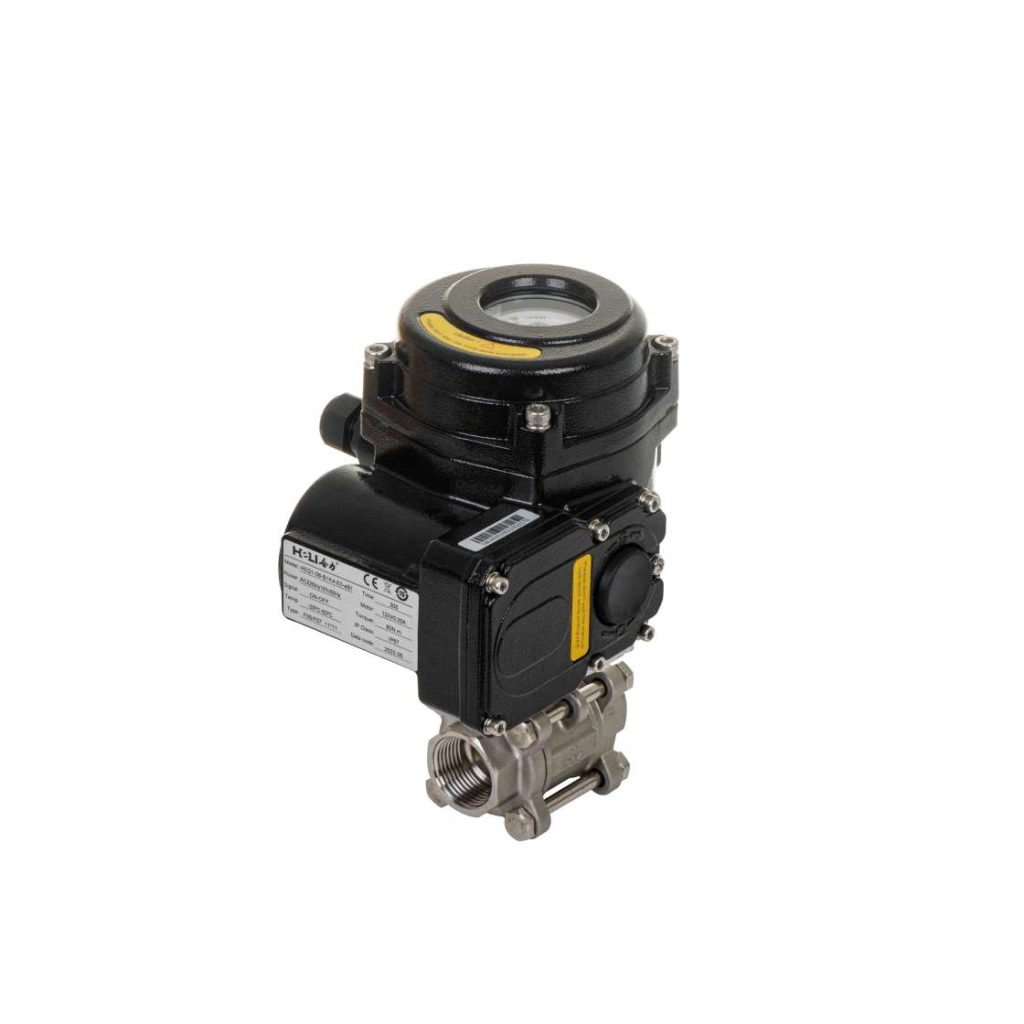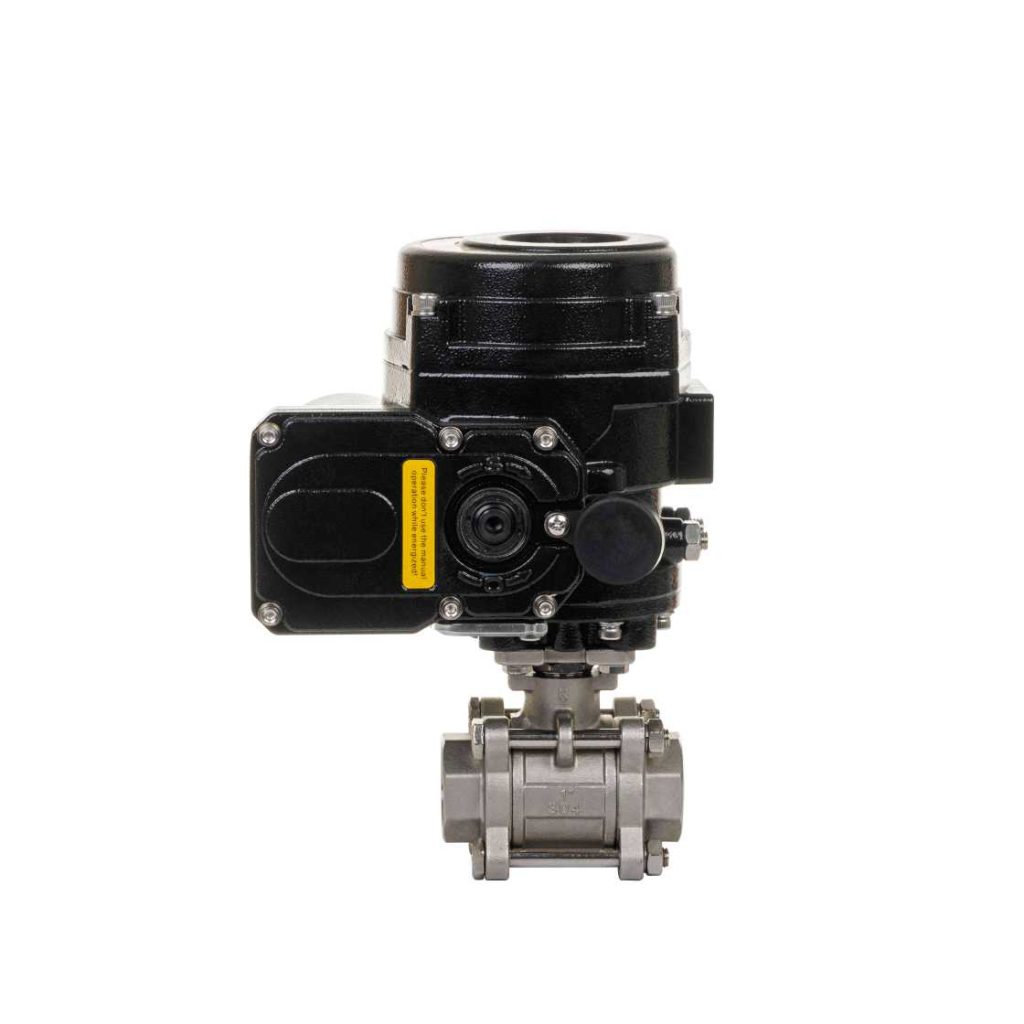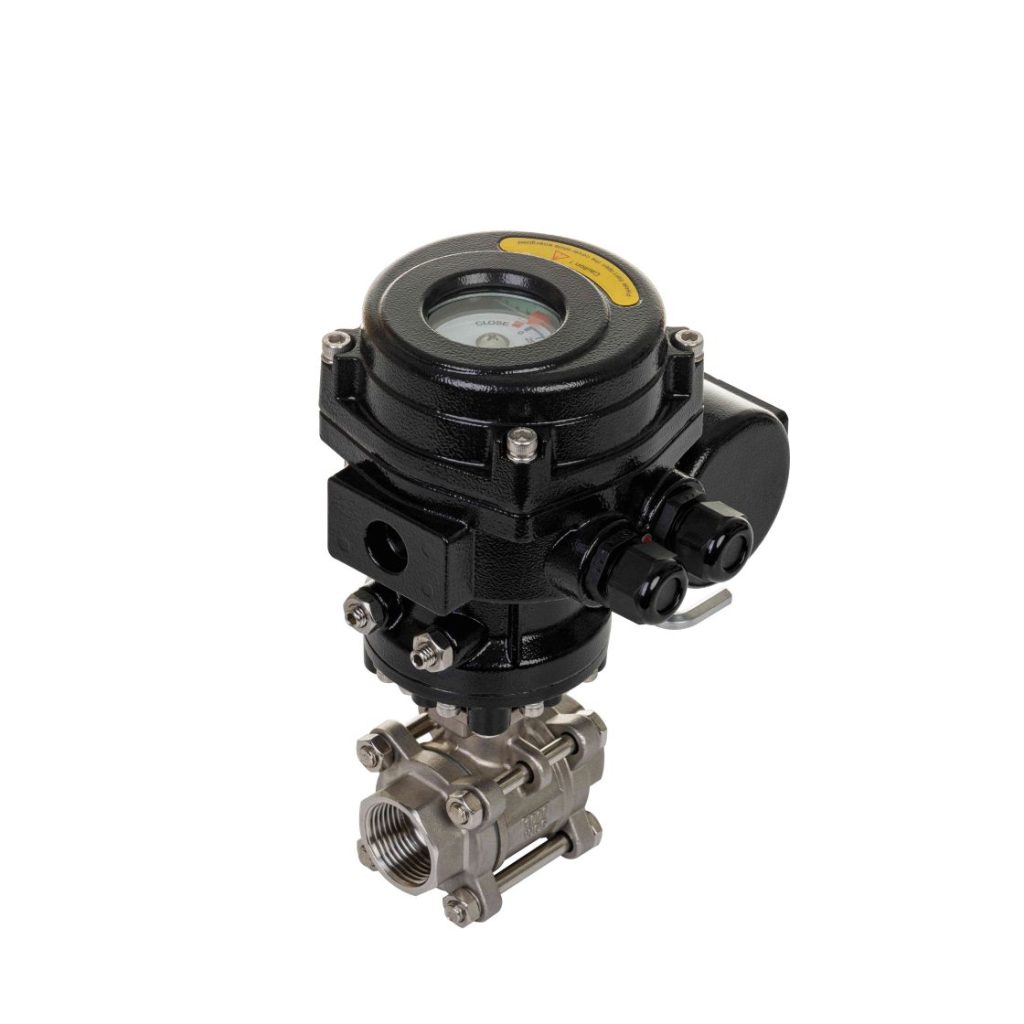The WCB Electric Screw Ball Valve is a cutting-edge innovation in the field of industrial valve technology, offering enhanced efficiency and precision for fluid control applications. It combines the functionality of a traditional ball valve with the power of electric actuation, making it an indispensable component in industries such as petrochemical, power generation, water treatment, and manufacturing. This article explores the features, advantages, and applications of the WCB Electric Screw Ball Valve, as well as its impact on modern industrial systems.

What is a WCB Electric Screw Ball Valve?

The WCB Electric Screw Ball Valve is a type of ball valve made from WCB (Wrought Carbon Steel), designed for high-strength, durability, and resistance to wear and tear. The valve is fitted with an electric actuator, allowing for remote operation and precise control of fluid flow. Unlike manual valves that require physical effort to operate, electric screw ball valves are controlled electronically, offering improved accuracy, faster response times, and the ability to integrate into automated systems. A typical WCB Electric Screw Ball Valve consists of a ball with a hole or port through its center, which is turned to control the flow of fluid. The valve operates by rotating the ball to either block or allow the passage of the fluid. The electric actuator is responsible for rotating the ball, which can be done either in small increments or a full turn, depending on the specific requirements of the application.
